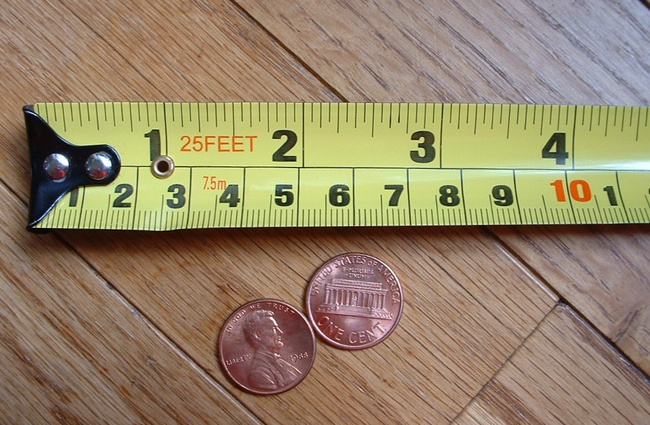Mini-Mods: General Chemistry - Units
Unit Conversions
Often in science, a quantity in a particular unit system requires converting to another unit system. Take for example, the impulse exerted from rocket thrusters, as in the case with the Mars Climate Orbiter. Due to the failure to properly convert from English to metric units, the $327 million mission resulted in the loss of the spacecraft. A costly mistake!
The units in a scientific calculation are just as important as the number – if not more so. The units provide context to the number. Without units, the number is meaningless. Therefore it is very important to always give units in any calculation, and of course, it’s important to correctly convert from one unit to another.
With unit conversions it’s really quite simple. We just need to follow the rules of fractions and to think about the units like an algebraic quantity (like an “x”). Let’s review some basics:
Fractions
What is ½ multiplied by ¾?
To tackle this problem we simply multiply the numerators together and then multiply the denominators together.
What is x/y multiplied by y/z?
We follow the same approach as above, but in this case the y in the numerator cancels out with y in the denominator.
Practice Question 1
What is 2/3 x 4/7?
Identifying a conversion factor

A tape measured with measurement increments in both centimeters and inches
To the left there is an image of a tape measure displaying units of both inches and centimeters. To make a measurement in cm or in using this tape measure is trivial. But what if we only have a tape measure with increments of inches and we need to measure something in centimeters? We need a conversion factor to convert from one quantity to another.
A conversion factor is simple a fraction that allows us to convert from one quantity to another. We start with a mathematical statement:
This can be re-written as
Or alternatively
Because these conversion factors are equal to 1, we can multiply them with other numbers without changing the quantity – we just change the units. Also note how the conversion factor takes the form of a fraction with one unit in the numerator and one in the denominator. Any time you see this, the quantity is a conversion factor. In chemistry, common conversion factors are g/mol, mol/L and 6.022 x 1023 particles/mol. If you haven’t discovered these terms in chemistry yet, you will before long. If you have already seen them, start thinking about them as conversion factors!
Practice Question 2
Which of the following chemical quantities is not a conversion factor?
a) density (g/cm3)
b) concentration (mol/L)
c) molar mass (g/mol)
d) volume (L)
e) enthalpy (kJ/mol)
Using a conversion factor
How many centimeters are there in 2.25 in?
We start with the quantity that we have and then determine what conversion factor to use based upon looking at the units. In this case, we need units of inches to cancel out, so inches must be present in the denominator of conversion factor.
How many inches are there in 2.25 cm?
We follow a similar procedure as above, but in this case we are using the inverse of the conversion factor in order to correctly cancel out the units of cm.
Following these simple rules will allow you to convert between any two quantities.
Practice Question 3
How many centimeters are there in 3.78 in?
Practice Question Answers
1) 8/21
2) d) Volume (L) --- this is the only quantity that does not have a unit that comprises of both numerator and denominator
3) 9.60 cm